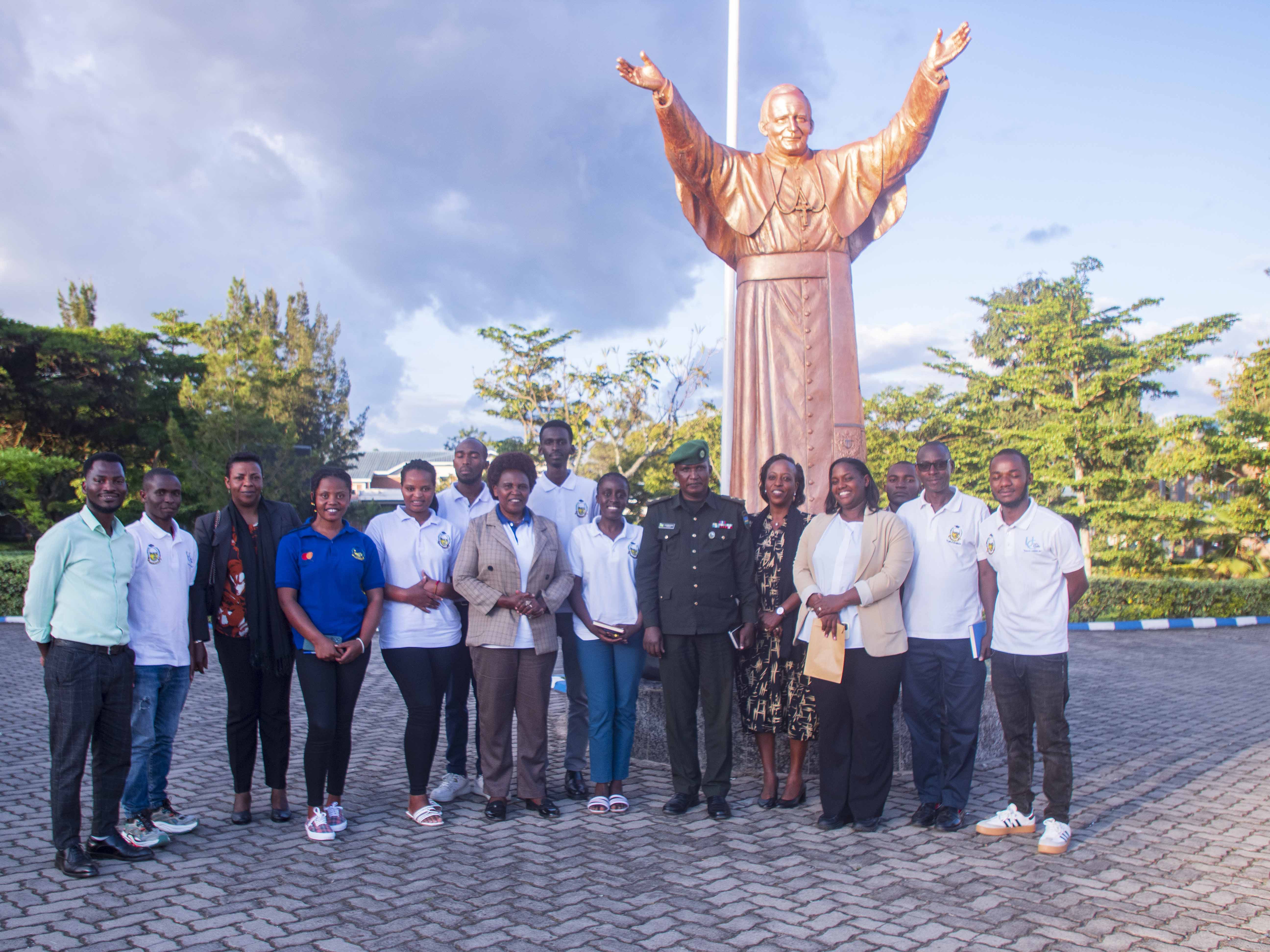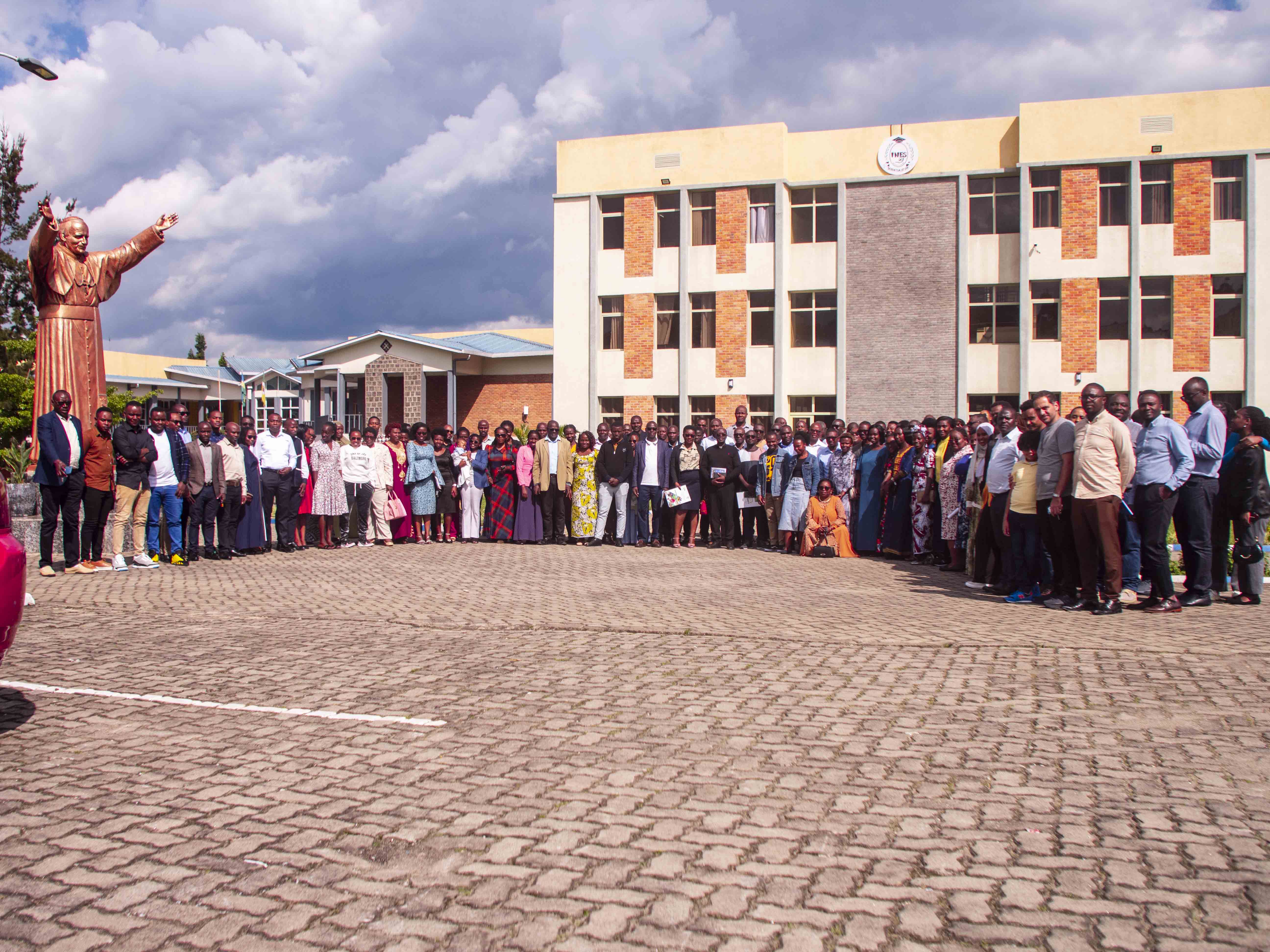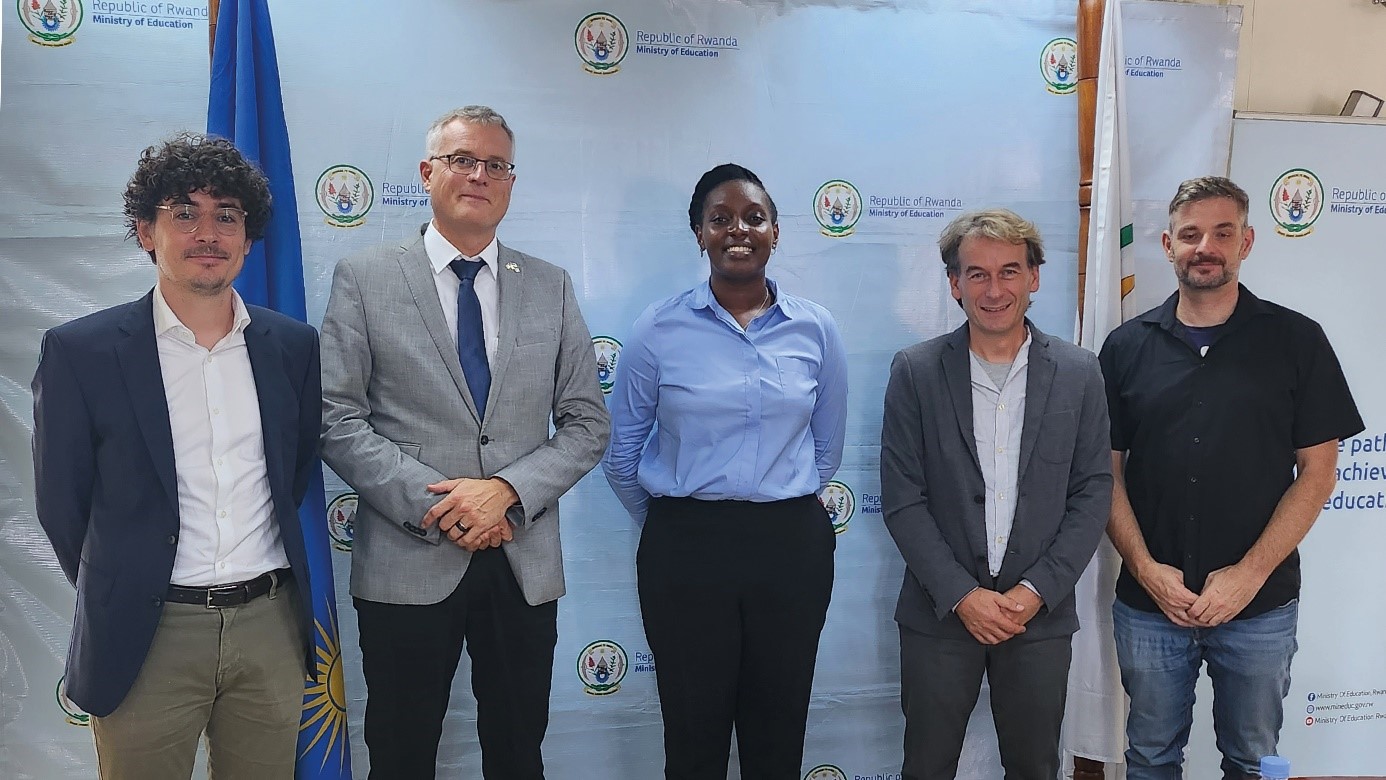INES-Ruhengeri Students Visit the Bisesero Genocide Memorial
On Sunday, April 27, 2025, a group of 58 students, including Rwandans and international students studying at INES-Ruhengeri, accompanied by staff members and led by Fr. Dr. BARIBESHYA Jean Bosco, the Vice Chancellor of INES-Ruhengeri, visited the Bisesero Genocide Memorial in Karongi District.
The visit aimed to further deepen their understanding of the history of the 1994 Genocide against the Tutsi.
Photo: INES-Ruhengeri delegation welcomed by Mr. Emmy Musinguzi, Director of Bisesero Genocide Memorial.
The group was welcomed by Emmy Musinguzi, the Director of the Bisesero Memorial, who thanked INES-Ruhengeri for organizing this important visit. He emphasized the importance of helping students, both Rwandan and international, to learn the country's history and to promote the values of unity and reconciliation.
In his presentation, Emmy Musinguzi explained the unique and painful history of Bisesero. He highlighted that the area was once predominantly inhabited by the Tutsi, known for their resilience even during the persecutions of 1959.
When the genocide began in 1994, Tutsi from the Gisovu and Gishyita sectors, under the leadership of Aminadab Birara, decided to resist. They used the rugged terrain of Muyira Hill to defend themselves, with men fighting using stones collected and supplied by women and children.
Musinguzi explained that starting from May 13, 1994, the Abasesero faced massive coordinated attacks by Interahamwe militias, reinforced by killers from neighboring prefectures including Gisenyi, Cyangugu, Ruhengeri, Gikongoro, and Kibuye.
Despite their remarkable bravery, many were killed. It is estimated that out of the 60,000 Tutsi who lived in Bisesero before the genocide, only about 1,300 survived.
He also reminded the visitors of the tragic events of June 27, 1994, when French troops under "Operation Turquoise" arrived in Bisesero but quickly withdrew, leaving many survivors who were then massacred — with more than 2,000 lives lost on that day.
This date remains a significant marker in the history of Bisesero.
The Bisesero Genocide Memorial, inaugurated on April 7, 1997, stands as a symbol of resistance and remembrance. Although the original plan was not fully completed as initially designed, the memorial was renovated and officially re-inaugurated on June 27, 2014.
The memorial consists of three houses, symbolizing the communes of the former Kibuye Prefecture.
The site also includes nine spears representing the nine communes, and a central stone representing the stones used by the Abasesero for self-defense.
The path leading up to the memorial narrows as visitors ascend, symbolizing the decreasing Tutsi population during the genocide.
The physical effort of climbing the hill reflects the difficult journey and the hardship the victims endured.
After the briefing, students had the opportunity to ask questions, share reflections, tour different sections of the memorial, and lay flowers to honor the victims.
Many expressed their commitment to use the knowledge they gained to fight genocide denial and distortion, especially through social media platforms.
Fr. Dr. BARIBESHYA Jean Bosco emphasized that visiting memorial sites helps the youth to better understand the past and to build a Rwanda that is free from division and hatred.
In his closing message, Emmy Musinguzi stated:
"As people who live together, we must recognize the human weakness that allowed genocide to happen. But even more importantly, we must draw inspiration from the bravery of the Abasesero and build a nation founded on truth, resilience, and the courage to fight evil wherever it appears."
The Bisesero Genocide Memorial is one of eight national genocide memorials protected by Rwanda’s Ministry of National Unity and Civic Engagement (MINUBUMWE) and is among the four genocide memorial sites inscribed on the UNESCO World Heritage List.
It serves as the final resting place for more than 50,000 victims, a lasting reminder of Rwanda’s darkest chapter and the enduring spirit of its people.
Photo:Students and staff lay flowers in honor of the victims at Bisesero Memorial.
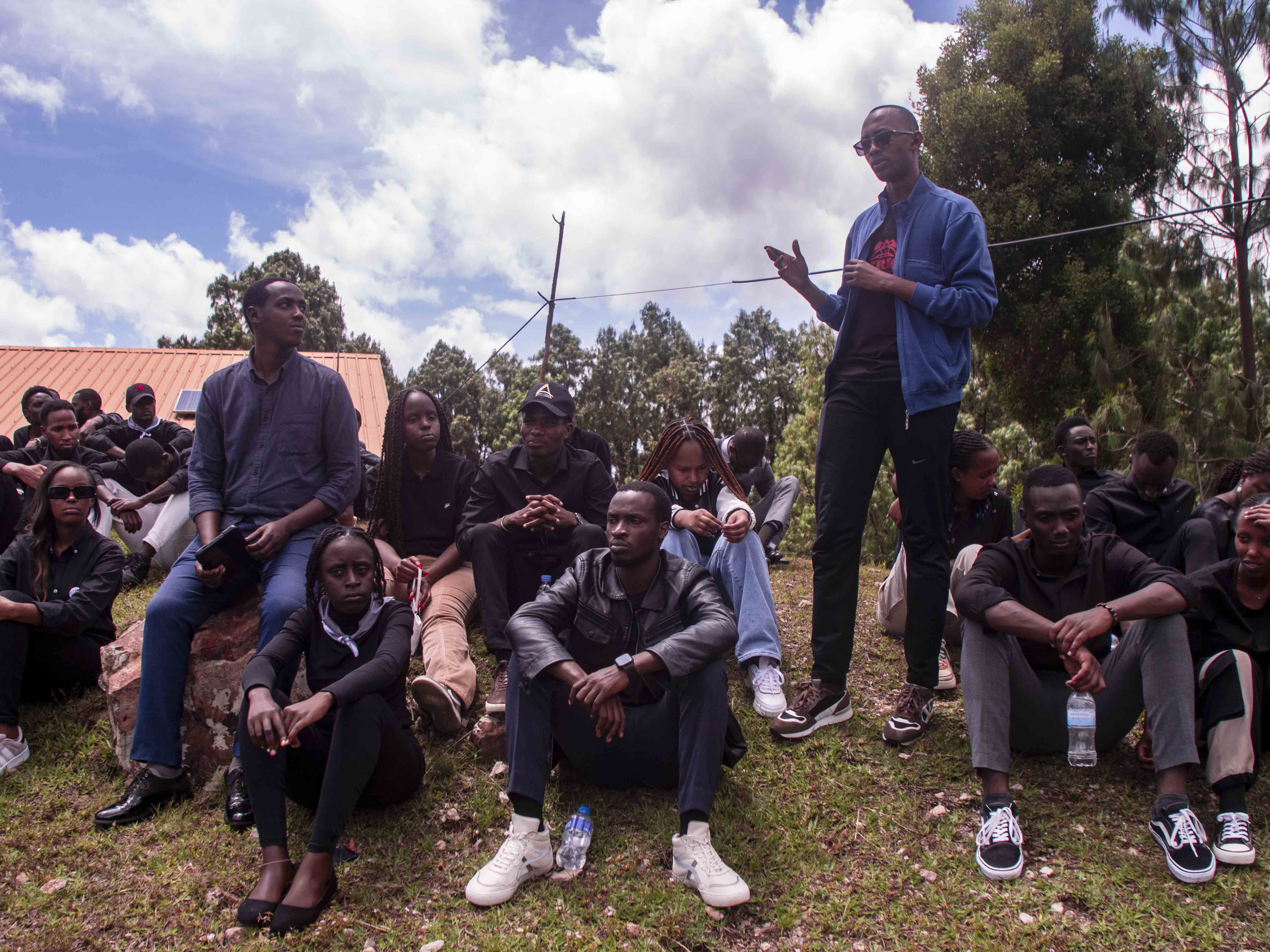
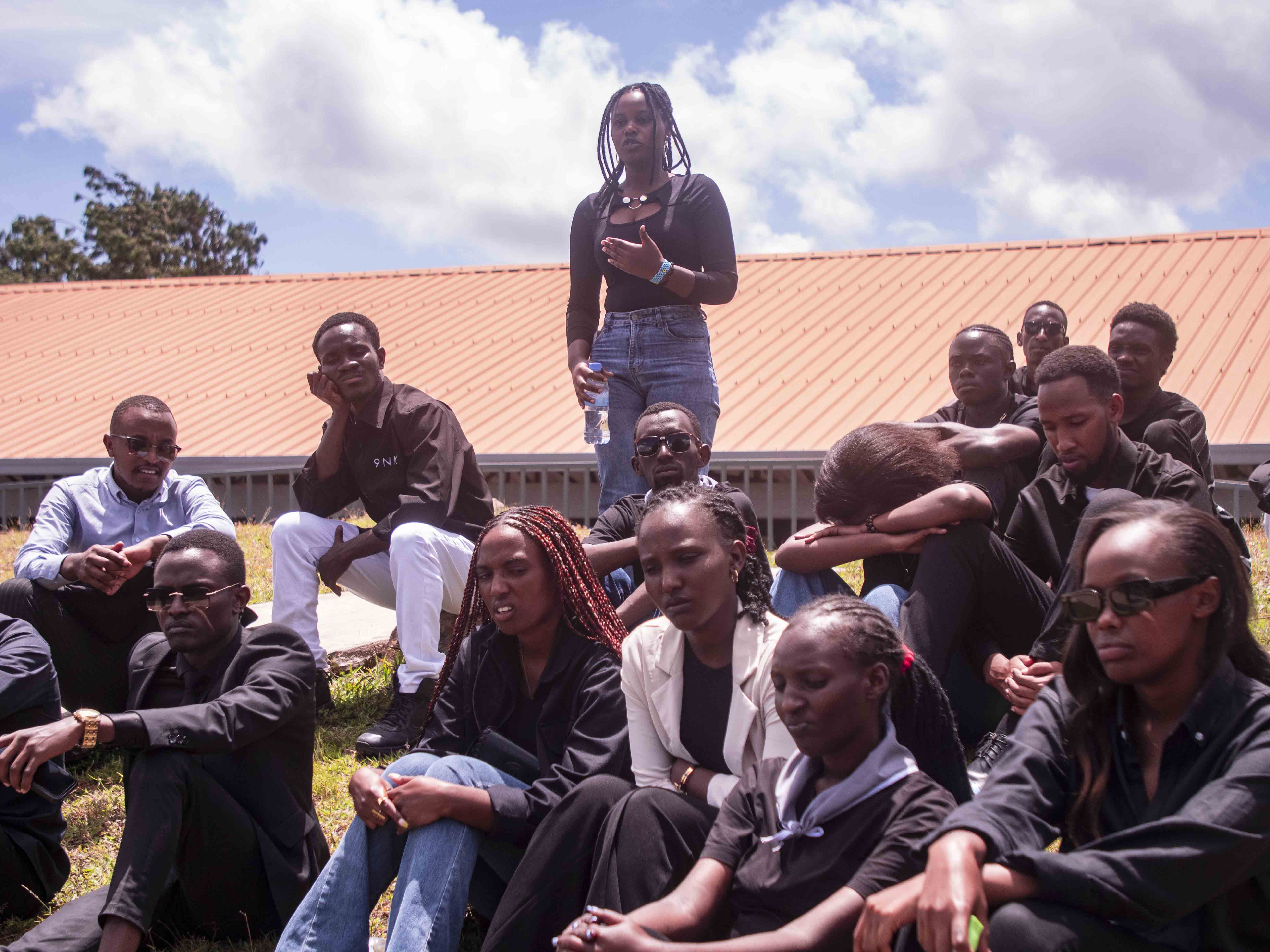
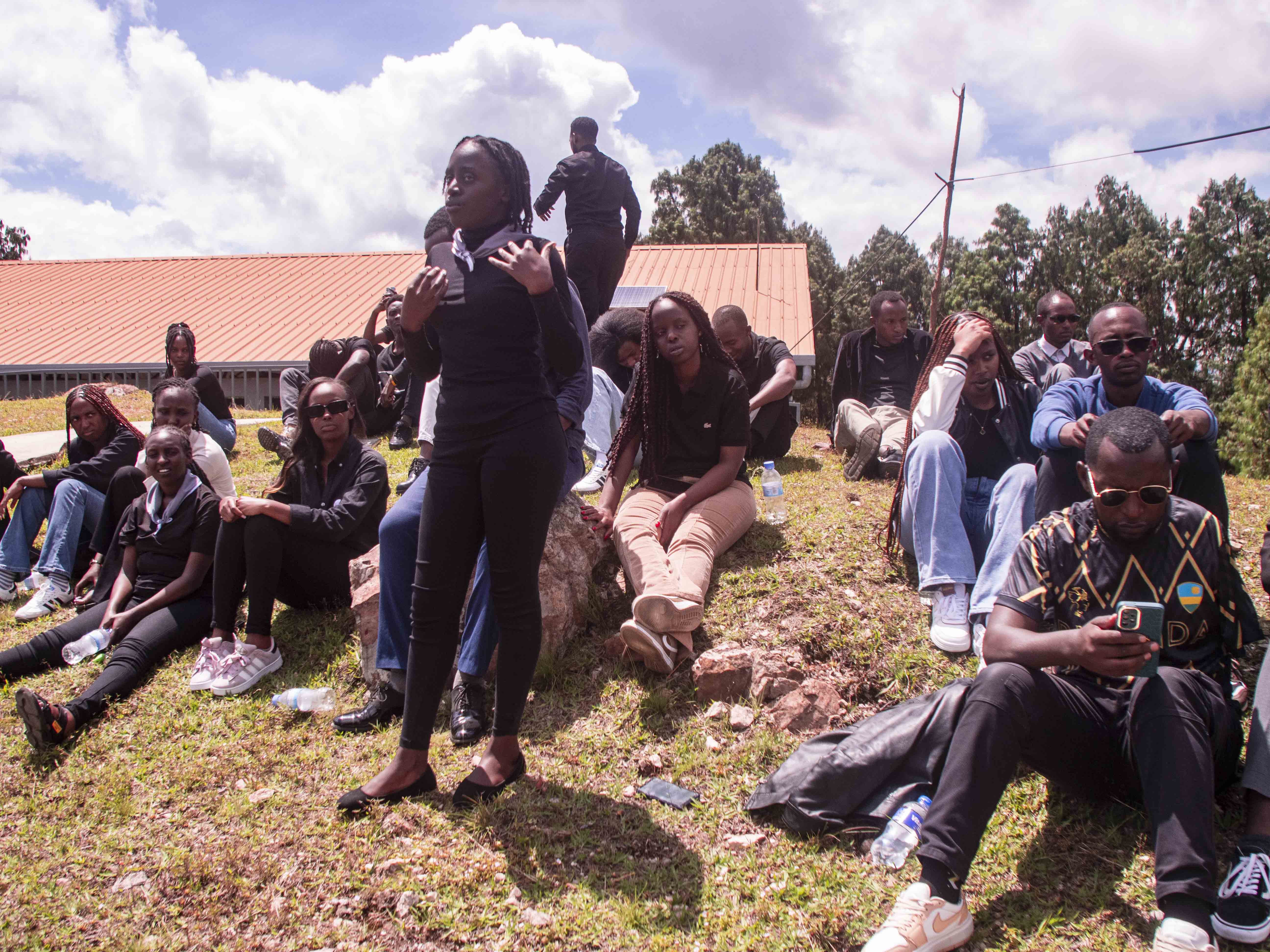
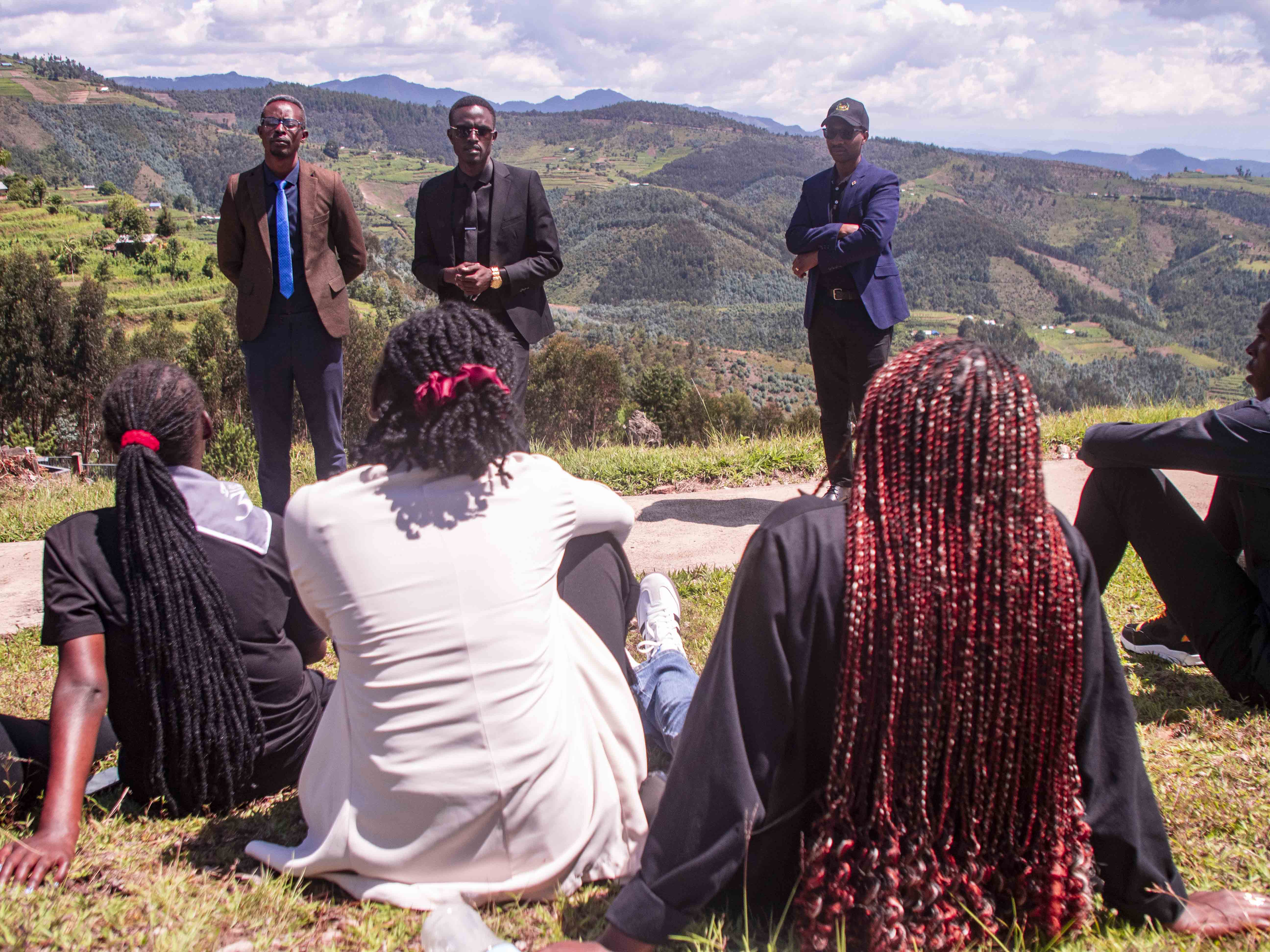 Photos: INES-Ruhengeri students asking questions and sharing reflections after the historical briefing.
Photos: INES-Ruhengeri students asking questions and sharing reflections after the historical briefing.
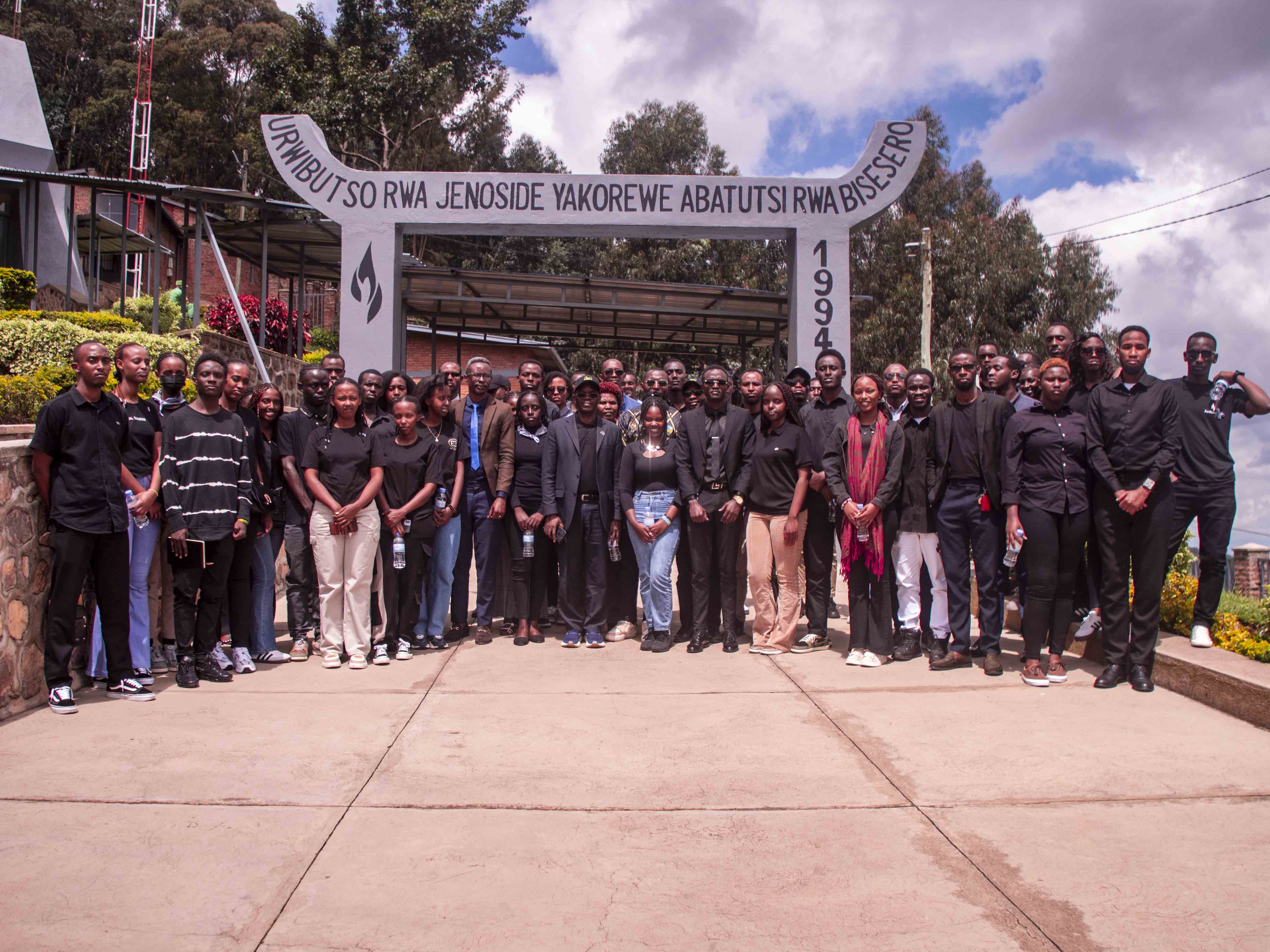 Photo: Group photo of INES-Ruhengeri delegation at the Bisesero Genocide Memorial.
Photo: Group photo of INES-Ruhengeri delegation at the Bisesero Genocide Memorial.
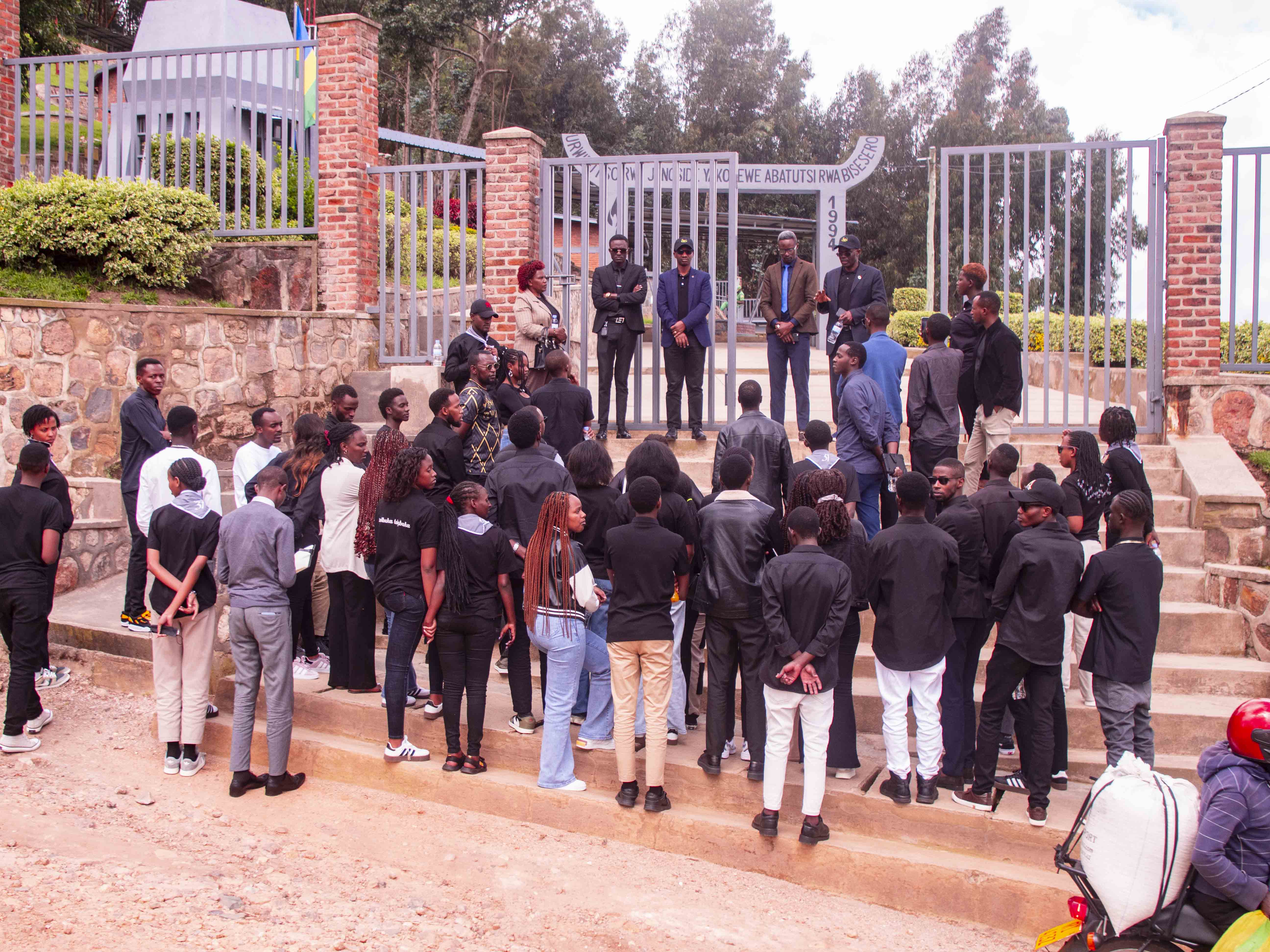
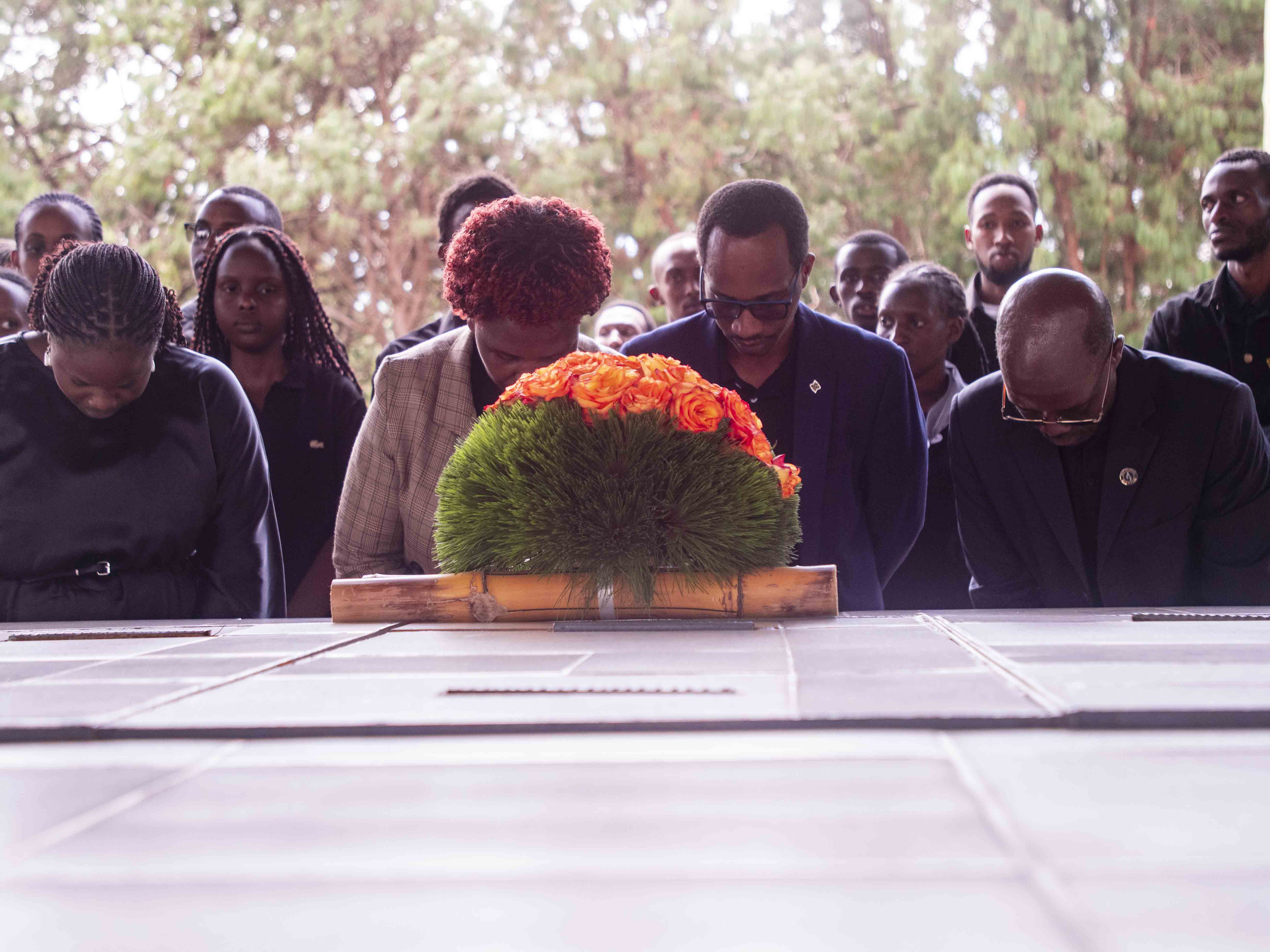



 Photos: INES-Ruhengeri students asking questions and sharing reflections after the historical briefing.
Photos: INES-Ruhengeri students asking questions and sharing reflections after the historical briefing. Photo: Group photo of INES-Ruhengeri delegation at the Bisesero Genocide Memorial.
Photo: Group photo of INES-Ruhengeri delegation at the Bisesero Genocide Memorial.